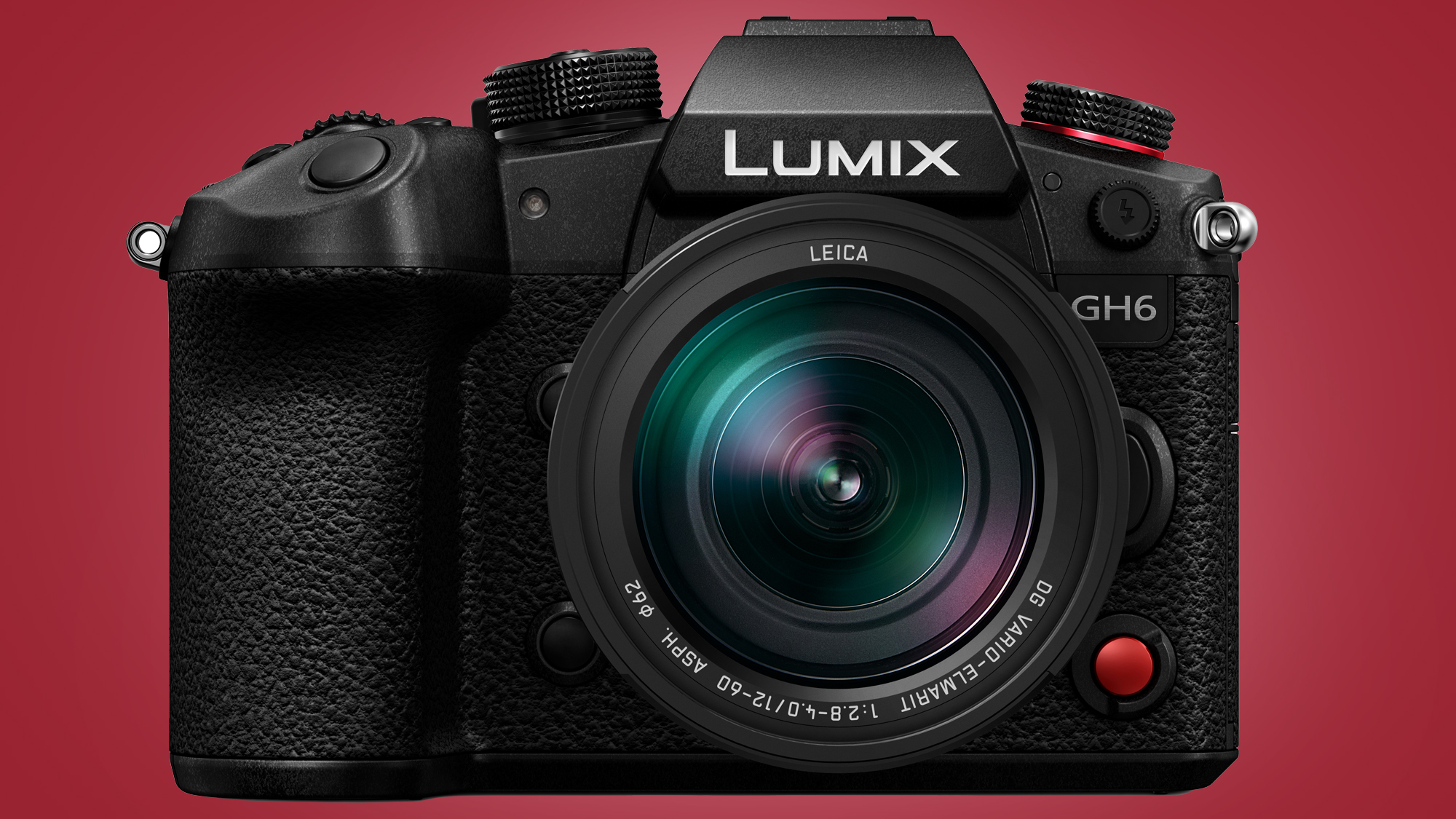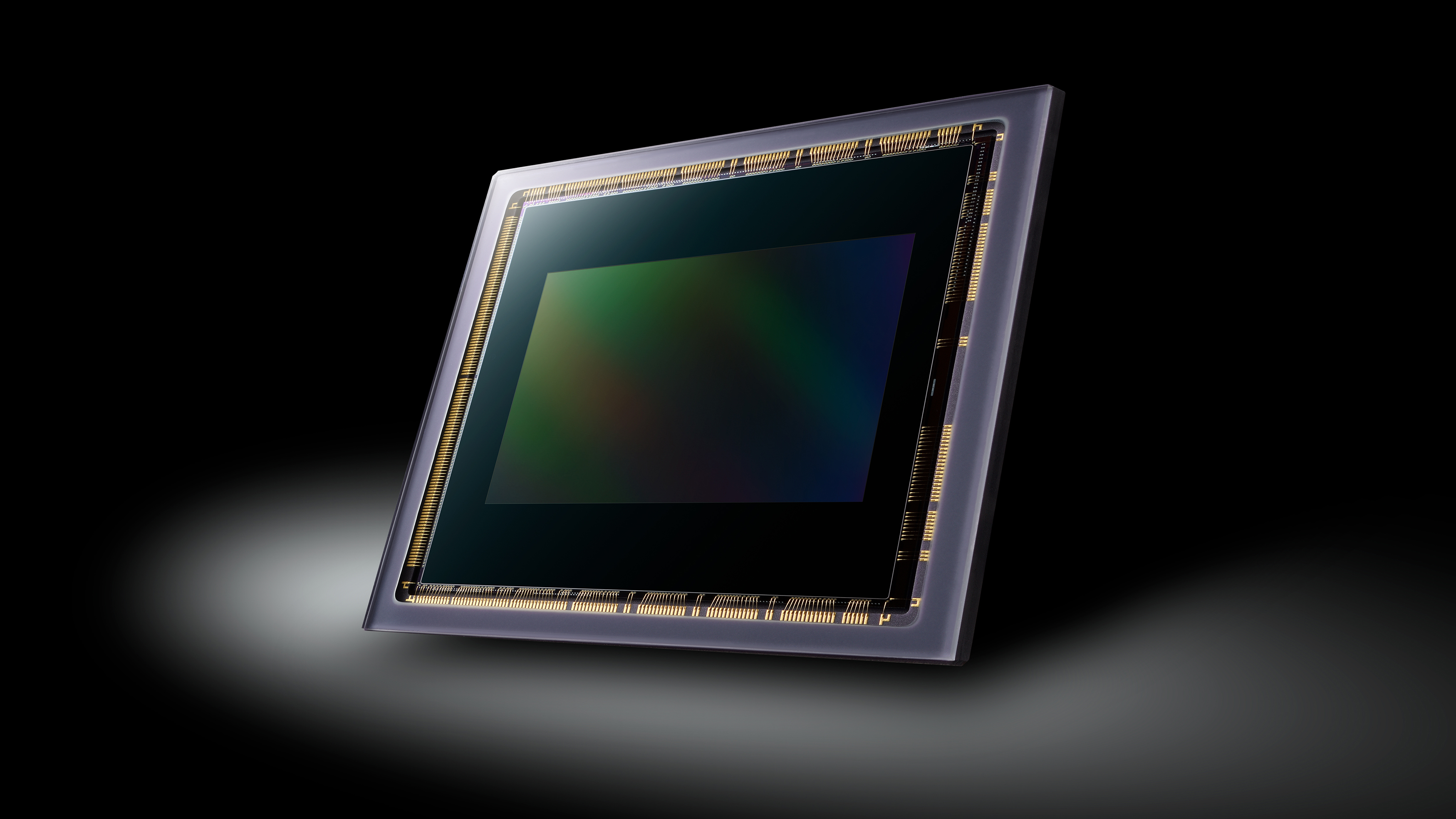Panasonic explains why the new Lumix GH6 is missing a key feature
Camera giant admits it 'knows it's not what people wanted'

The new Panasonic Lumix GH6 is one of the most powerful video cameras around, but one slight blot on its copybook is its lack of phase-detect autofocus. Well, now Panasonic has explained why the new camera has instead stuck with older AF technology.
In a surprisingly candid chat during the GH6 launch, Panasonic USA's Business Development Manager Matt Frazer said he was "well aware it isn't the direction that people were hoping that we would go" regarding the camera's autofocus, but that "it just wasn't possible for us to get a modification for phase-based autofocus" on the camera's new sensor.
Like previous Panasonic cameras, the GH6 uses a version of contrast-detect autofocus called 'Depth by Defocus' (DFD). Contrast-detect autofocus works by tweaking the lens's focusing distance to judge where the point of maximum contrast is. It's ideal for still subjects, and DFD adds subject recognition to the mix to help improve its speed and accuracy.
However, most other camera manufacturers use 'hybrid' AF systems that combine the contrast-based approach with phase-detect autofocus (PDAF) to great effect. Phase-detection works by splitting the incoming light into pairs of images, then shifting focus to bring those perspectives into alignment. It's typically faster than contrast-based AF, and better for tracking moving subjects, but it can have knock-on effects for other aspects of a sensor's design – which is partly why Panasonic didn't adopt it on the GH6.
"You have to remember that when we're developing or working on a sensor design, we're working on the information based on an older camera – we were working on this around the GH4's timeline," Frazer explained, referring to the camera that came out in 2014. "You're working on the concerns of the sensor at that point. So low-light sensitivity, dynamic range, resolution – those are things people were most concerned about."

Those weren't the only things people were requesting, though. "Obviously, we pay attention, we know people are looking for a PDAF solution," he added. But it apparently wasn't possible to combine that with the other improvements Panasonic wanted to make in the GH6.
"At the end of the day, when we were working on this sensor design, it just wasn't possible for us to get a modification for phase-based autofocus," Frazer said, stating that the priorities were instead faster read-out speeds and improved dynamic range.
Interestingly, he added that Panasonic is actively looking into PDAF and other forms of autofocus. "To be clear, that doesn't mean we aren't investigating phase-based autofocus systems. Or time-of-flight autofocus systems, or maybe something really cool that none of us have ever heard of before," he said. "But at this time, with this camera, this is what we're going to be able to offer."
Sign up for breaking news, reviews, opinion, top tech deals, and more.
The quotes certainly offer an interesting insight into Panasonic's decision-making process, even if they don't going into the precise specifics about why the company couldn't combine those other improvements with a hybrid autofocus system. After all, the new Olympus OM-1, which is another Micro Four Thirds camera, combines a new 'stacked' sensor with phase-detect autofocus points across the frame.
Despite the controversy, we've found that the GH6's autofocus performs pretty well in most situations – and you can read more of our first impressions in our hands-on Panasonic Lumix GH6 review.
Analysis: Panasonic takes the wider view

Autofocus is a key part of any camera, but its importance depends on what you're shooting. If you mostly shoot static subjects, or, as many Panasonic GH6 owners will do, prefer to pull video focus manually, then its DFD contrast-detect autofocus will likely be completely fine.
It's only really when shooting moving subjects, or filming videos solo as many vloggers do, that the lack of phase-detect autofocus could become a potential issue. These quotes from Panasonic's Frazer, along with the admission that "it's not what people wanted", suggests that the manufacturer does recognize that the GH6's autofocus does have some limitations, despite improvements to its DFD system.
Traditionally, the main drawback of Panasonic's contrast-based AF systems has been a 'pulsing' in the background of videos, as it hunts for the point of maximum contrast, so we'll be keen to see whether that's still the case on the GH6. Another potential limitation is that in the GH6's higher frame-rate modes, like 4K/120p, the face and eye detection are less effective.
Still, the GH6's system may well prove to be good enough for your style of filming, and it's important to remember that autofocus is just one factor that impacts a camera's performance from a video perspective. For example, while cameras like the Canon EOS R5 may have superior hybrid AF systems, they can also be prone to overheating – something that shouldn't be possible on the GH6 due to its fan-cooling.
The GH6 also promises to have one of the best in-body stabilization systems around, so it's still shaping up to be a fine tool for vloggers and YouTubers. We'll bring you our full verdict very soon, but in the meantime you can read our hands-on Panasonic GH6 review for all of our early thoughts.
- Check out our guide to the world's best video cameras

Mark is TechRadar's Senior news editor. Having worked in tech journalism for a ludicrous 17 years, Mark is now attempting to break the world record for the number of camera bags hoarded by one person. He was previously Cameras Editor at both TechRadar and Trusted Reviews, Acting editor on Stuff.tv, as well as Features editor and Reviews editor on Stuff magazine. As a freelancer, he's contributed to titles including The Sunday Times, FourFourTwo and Arena. And in a former life, he also won The Daily Telegraph's Young Sportswriter of the Year. But that was before he discovered the strange joys of getting up at 4am for a photo shoot in London's Square Mile.